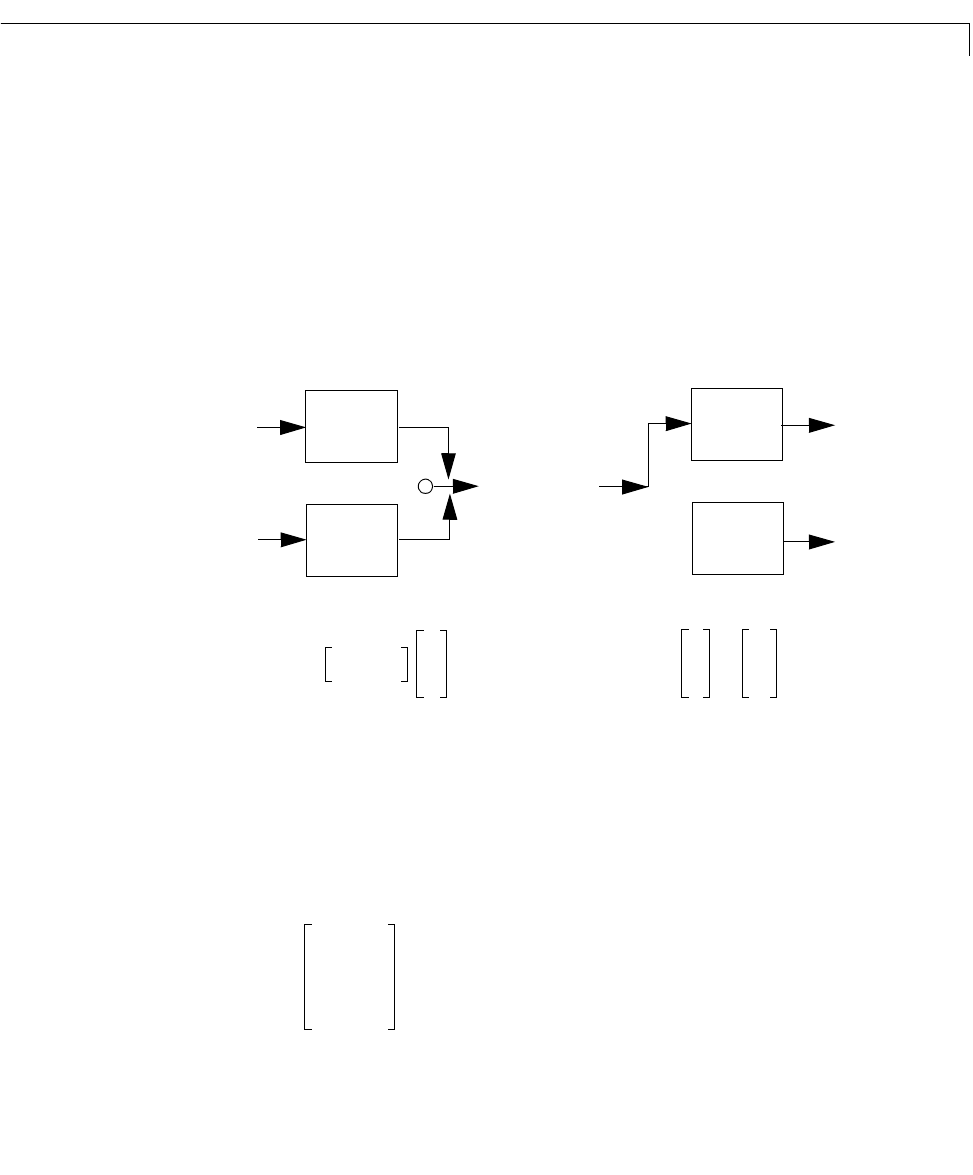User`s guide
Table Of Contents
- Preface
- Quick Start
- LTI Models
- Introduction
- Creating LTI Models
- LTI Properties
- Model Conversion
- Time Delays
- Simulink Block for LTI Systems
- References
- Operations on LTI Models
- Arrays of LTI Models
- Model Analysis Tools
- The LTI Viewer
- Introduction
- Getting Started Using the LTI Viewer: An Example
- The LTI Viewer Menus
- The Right-Click Menus
- The LTI Viewer Tools Menu
- Simulink LTI Viewer
- Control Design Tools
- The Root Locus Design GUI
- Introduction
- A Servomechanism Example
- Controller Design Using the Root Locus Design GUI
- Additional Root Locus Design GUI Features
- References
- Design Case Studies
- Reliable Computations
- Reference
- Category Tables
- acker
- append
- augstate
- balreal
- bode
- c2d
- canon
- care
- chgunits
- connect
- covar
- ctrb
- ctrbf
- d2c
- d2d
- damp
- dare
- dcgain
- delay2z
- dlqr
- dlyap
- drmodel, drss
- dsort
- dss
- dssdata
- esort
- estim
- evalfr
- feedback
- filt
- frd
- frdata
- freqresp
- gensig
- get
- gram
- hasdelay
- impulse
- initial
- inv
- isct, isdt
- isempty
- isproper
- issiso
- kalman
- kalmd
- lft
- lqgreg
- lqr
- lqrd
- lqry
- lsim
- ltiview
- lyap
- margin
- minreal
- modred
- ndims
- ngrid
- nichols
- norm
- nyquist
- obsv
- obsvf
- ord2
- pade
- parallel
- place
- pole
- pzmap
- reg
- reshape
- rlocfind
- rlocus
- rltool
- rmodel, rss
- series
- set
- sgrid
- sigma
- size
- sminreal
- ss
- ss2ss
- ssbal
- ssdata
- stack
- step
- tf
- tfdata
- totaldelay
- zero
- zgrid
- zpk
- zpkdata
- Index

Model Interconnection Functions
3-17
Concatenation of LTI Models
LTI model concatenation is done in a manner similar to the way you
concatenate matrices in MATLAB, using
sys = [sys1 , sys2] % horizontal concatenation
sys = [sys1 ; sys2] % vertical concatenation
sys = append(sys1,sys2)% block diagonal appending
In I/O terms, horizontal and vertical concatenation have the following
block-diagram interpretations (with and denoting the transfer
matrices of
sys1 and sys2).
You ca n use concatenation as an easy way to create MIMO transfer functions
or zero-pole-gain models. For example,
H = [ tf(1,[1 0]) 1 ; 0 tf([1 –1],[1 1]) ]
specifies
H
1
H
2
H
2
y
+
+
H
1
u
1
u
2
yH
1
,H
2
u
1
u
2
=
Horizontal Concatenation
H
2
H
1
u
y
1
y
2
y
1
y
2
H
1
H
2
u=
Vertical Concatenation
Hs()
1
s
---
1
0
s 1–
s 1+
------------
=










